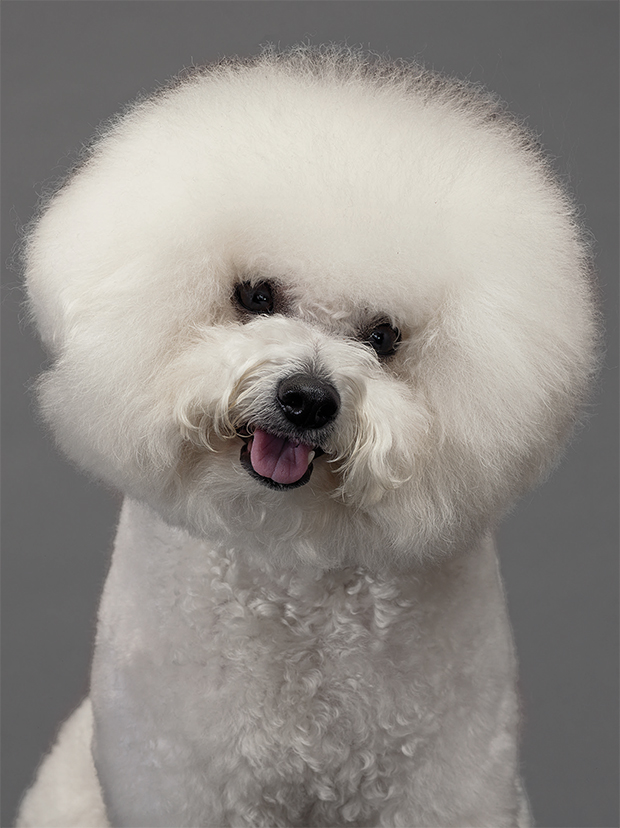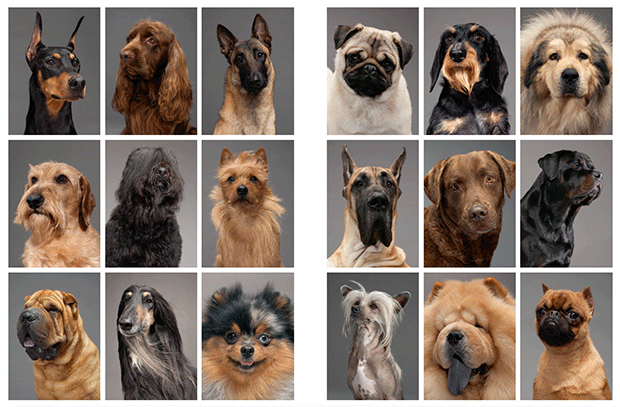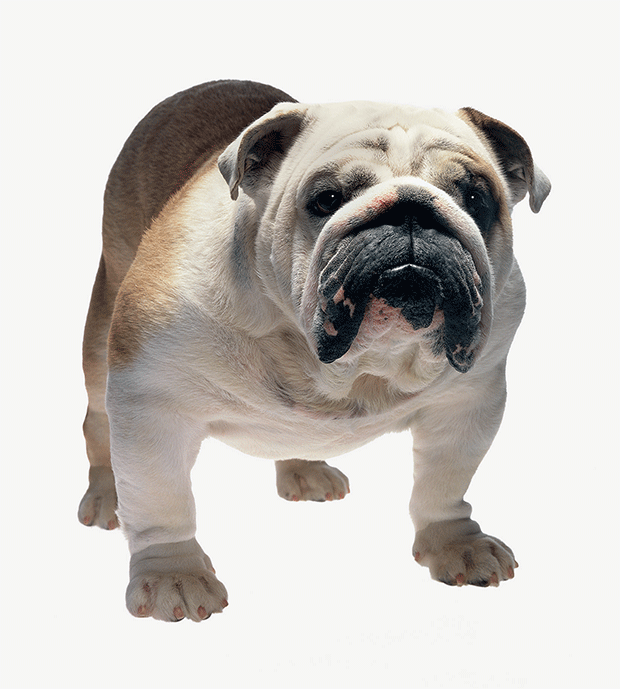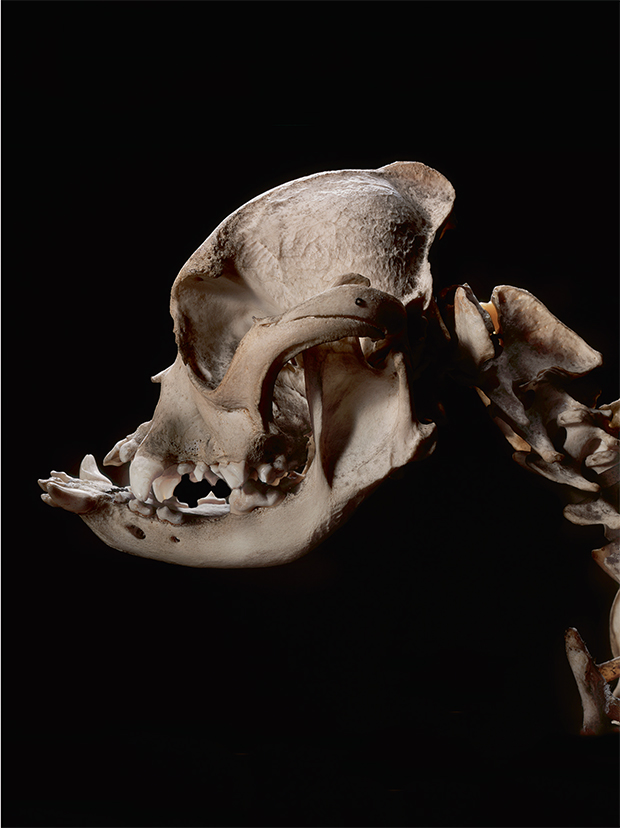
The mysterious wolf in today’s dogs (even this one)
In our new book Evolution photographer Robert Clark looks into the ancient, lupine origins of man's best friend
Variety and beauty in the animal kingdom is largely a process of Darwinian natural selection, as our new book Evolution: A Visual Record makes clear. The book features 200 images by the award-winning photographer Robert Clark, from birds and butterflies to plants, fossils and mammals, that come together to tell a visual history of evolution.
Through Clark’s photographs, the book explores the process that drives the diversity of life on earth while celebrating the beauty and complexity of nature.

However, dog breeds, which also feature in Clark’s book, are a rare example of man’s intervention into the gene selection. The poodle's fluff, the greyhound's speed and the pug's snout are all attributes picked out, accentuated and preserved over the centuries in selective-breeding programmes. Nevertheless, despite this latterday meddling, the earliest leap from wild canines to domestic dogs remains a mystery of the natural world.
“While artificial selection has allowed breeders to create domestic dogs in an eye-popping variety of sizes and shapes, scientists continue to puzzle out where they originated – and when,” the book explains. “It is commonly accepted that dogs are descended from gray wolves, but experts’ recent estimates on when the species diverged range from eleven thousand to as long as forty thousand years ago. In addition, new data (including the sequencing of the genome of a thirty-five-thousand-year-old wolf) reveal the presence in dogs of genetic material not only from European gray wolves but also from the extinct Taymyr wolf of Asia.

“In the process of evolution through natural selection, mutations are favoured when they aid in an individual’s – and, ultimately, its species’ – survival. No such rules must be followed during artificial, or domestic, selection, in which breeders (whether of orchids, fish, pigeons, or dogs) can select for features based on a personal goal, not the individual’s ability to survive in nature. The English bulldog’s build and skull demonstrate this, while also making clear why the breed suffers from a variety of respiratory, cardiac, skeletal, and other health problems.”

Is this a cruel burden to place on the once-wild animals that have become man’s best friend? Perhaps. For greater visual insight into the roles of natural and unnatural selection has played in the natural world order a copy of Evolution: A Visual Record here.